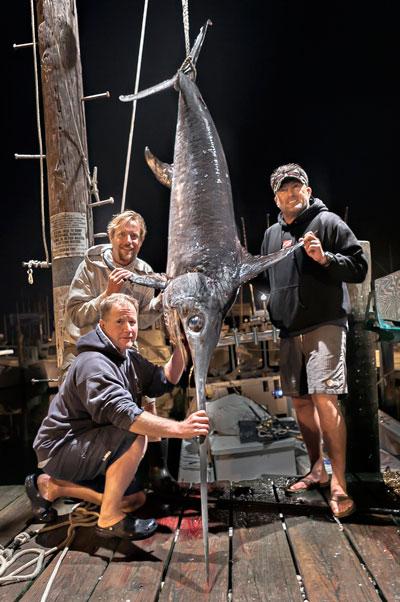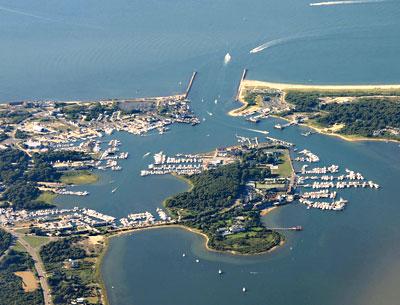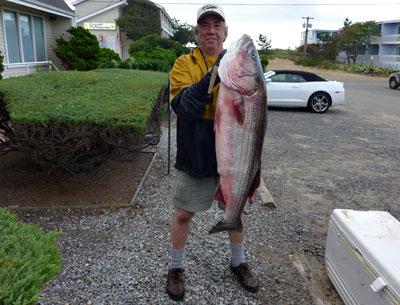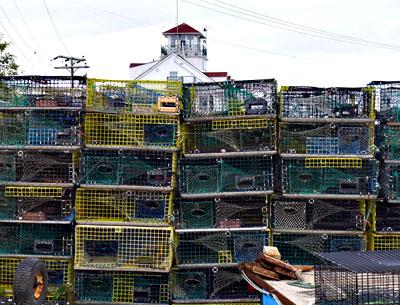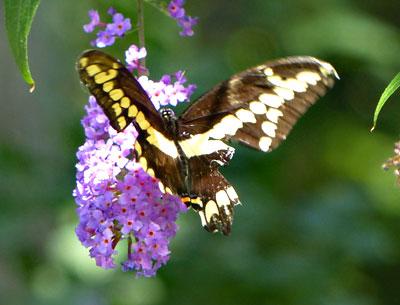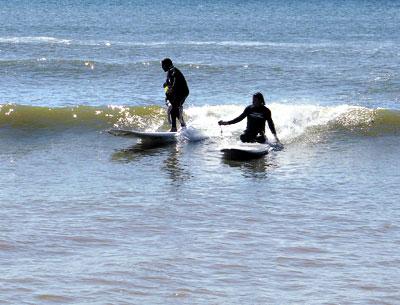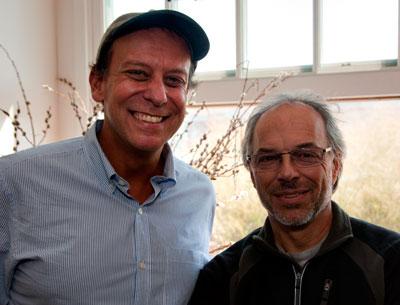Nature Notes: Disappearing Hammocks
Nature Notes: Disappearing Hammocks
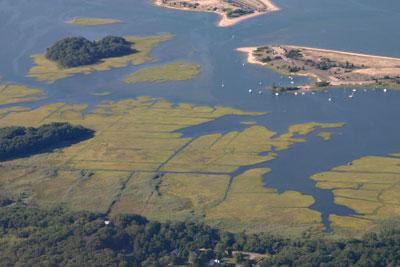
Call them what you will — aits, isles, atolls, cays, keys, islands, reefs, shoals, even continents — there are millions of them across the globe. The name that I particularly like to describe the smallest of these patches of raised land surrounded by water, very wet marshes, and in some cases even by sand, is hammock, from the Spanish hamaca. We have a lot of them right here in our own backyard.
Wood Tick Island, just inside Accabonac Harbor in Springs, is a classic hammock. It is a piece of retreatal moraine left by the glacier that formed Long Island as it melted away to the north. A thousand years ago Wood Tick Island was joined to the rest of Springs by earth, but as sea level slowly rose over the millennia, the land under Accabonac Creek was gradually covered by water, mostly fresh, but eventually tidal. Wood Tick Island and three other hammocks in the creek were formed.
As they became more and more elevated, marsh grasses were replaced by shrubs, then trees. Now they are largely covered by hardwoods, mostly oaks. Similar oaken hammocks occur along our coast from Prince Edward Island all the way to the tip of Florida. The oak species change from north to south but not the aspect of the hammocks. As you stand on the tip of Louse Point and look southwest or at the end of Landing Lane and look northeast you will see what I mean.
Hammocks are roughly circular when seen from above, and hemispherical, from the side. The tallest trees are in the center, the shortest around the periphery. The suggestion is that the center of the hammock was the first to go from wetland to upland. If you cored the trees on Wood Tick Island, you might find that the oldest are in the middle.
Another explanation for the hemispherical aspect is that the central trees are more sheltered from the elements than those along the edge. The German word “krummholz” is used in ecological circles to explain the impact of weathering on woody plants. The trees on the windswept bluffs of Hedges Banks or Barcelona are krummholzed, dwarfish, and asymmetrical.
Because they are isolated patches of woody vegetation not easy to reach from land, hammocks have been little studied compared to the mainlands they are closest to. Ospreys and red-tailed hawks have nested in their crowns over the ages and they tend to be mosquitoey in the warm season. Apparently, some are ticky as well, thus the name. They tend to be secretive enclaves, microhabitats as it were, but they can be important refugia of times past.
The great irony is that just as most of these small, coastal, dry land formations were created by falling sea levels as the glaciers stored up more water, became larger and pressed down on the geologic plates with more gravitational force, the opposite is true today. Sea level is rising and the water table with it. These coastal hammocks are doomed.
The same thing has been happening to the salt marsh islands in the Great South Bays system, most radically in Jamaica Bay. As ecologists and conservation officials try this and that to save them from drowning, their ultimate fate is unknown.
The best example of hammocks drowning that is close at hand is the little island in the northeast corner of Fort Pond in Montauk. When Norman Taylor described the vegetation of Montauk in 1923, this hammock was wooded. In fact, it was the site of the only American basswood found on his plant list.
Ninety years later it is a barely visible patch of dead tupelos used by roosting cormorants. Its soil is completely covered by water. Halfway through its transformation, it was called Shrubby Island by some, and lately Turtle Island, after the painted and other turtles that sun themselves on it. Now it is doomed to become a wetland in the very near future and, ultimately, a shoal.
Star Island is a thriving hammock in Lake Montauk, once the largest freshwater pond on Long Island, until it was permanently opened to the sea in the mid-1920s. It houses the Montauk Yacht Club, a large resort home, a bustling marina, two East Hampton Town docks, and the United States Coast Guard Station.
Its undeveloped portion still has much of its original hardwood vegetation as described by Taylor. A busy island now, yes, but it is doomed in the same way that the little island in Fort Pond is doomed.
If you walk out on the marshy hammock between Mile Hill Lane and Northwest Creek in the Northwest Woods section of East Hampton, you will find the stumps of eastern red cedar trees attesting to a time when that hammock was dry land, not unlike Cedar Pont in its vegetation. The Peconic Estuary islands, namely Robins, Gardiner’s, and Shelter Islands are reasonably high and reach well above sea level. They will last several hundred years more, but they will get smaller and smaller as they are being eaten up gradually by erosion on all sides.
In Three Mile Harbor, Penny Sedge Island will most like be gone in a few years, Sammy’s Beach will lose its isthmus status and become an island, as will Jessup’s Point in Noyac. Now they are classic tombolos, once islands. For the moment they are attached by dry land umbilici to the nearby mainlands they issue from.
Oops, I almost forgot one of our most famous local islands, Hicks Island, between Napeague Bay and Napeague Harbor. Only 60 years ago the site of a thriving bunker rendering factory, it is now, oops again, no longer an island, but a tombolo attached to Montauk at Goff Point, which is no longer a point. The East Inlet to Napeague Harbor, once a longstanding very important gateway to the harbor shown on all the 1900-2000 U.S. coastal charts, and the main flusher of the harbor, which is the tidal body in East Hampton Town that has never had any of its parts closed to shellfishing because of pollution, has been high and dry for several years running.
Oh yes, I almost forgot. There are some wonderful little hammocks in the Napeague Harbor marshes. They are arrested dunes, stopped in their tracks and grown over with woody shrubs and some low trees. The question is, did their dune sandy bases come from the south or north?
So there you have it — islands, isles, islas, aits, cays, keys, shoals, and hamacas in a nutshell. Better look quick, most will be gone by the time this new generation becomes as old as I am.
Larry Penny can be reached via email at [email protected].

